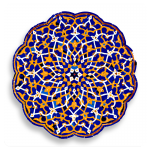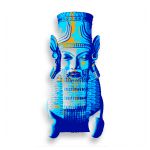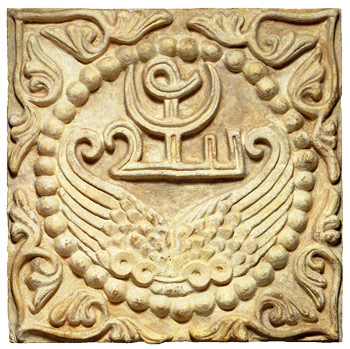Introduction
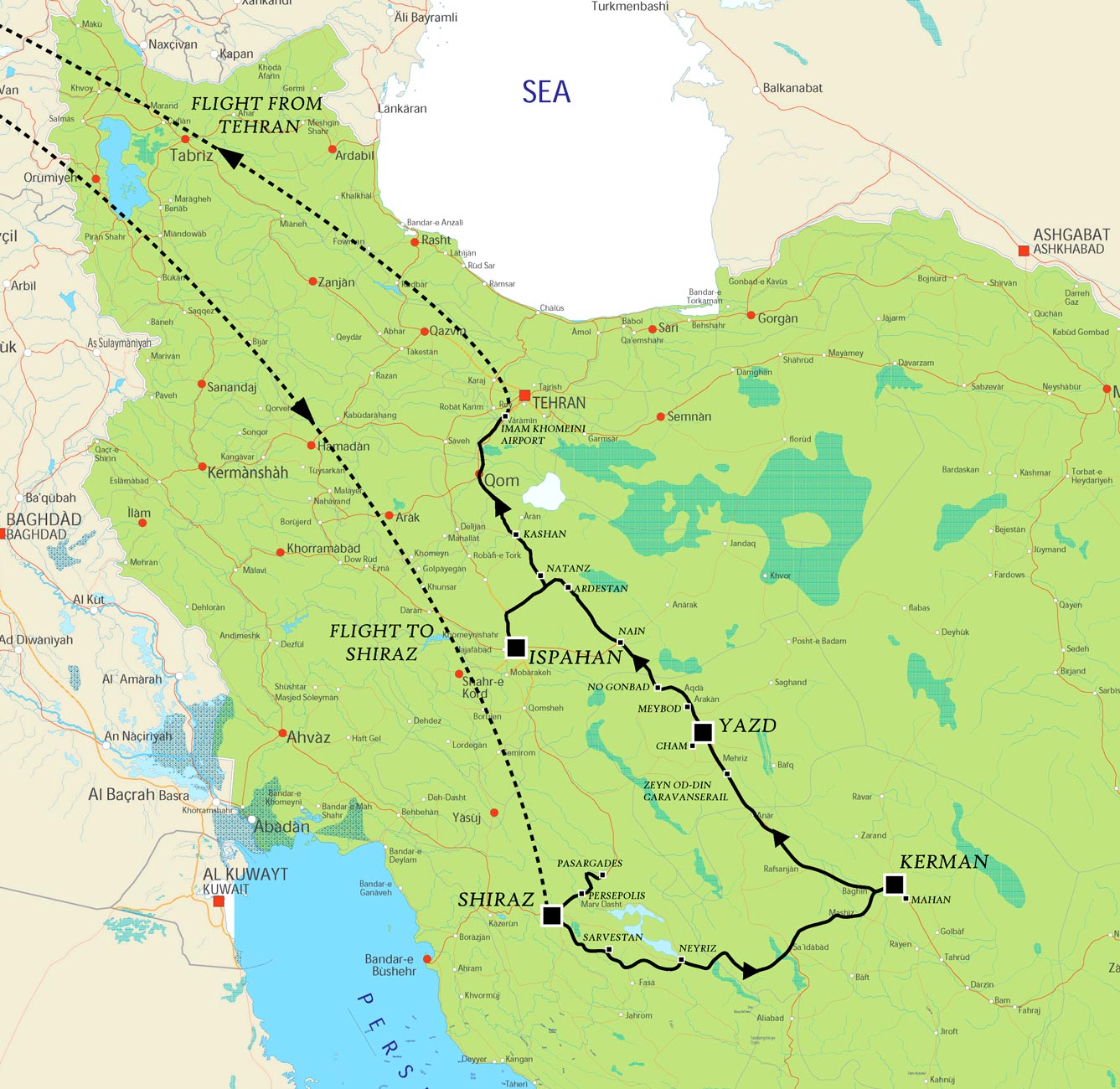
Introduction

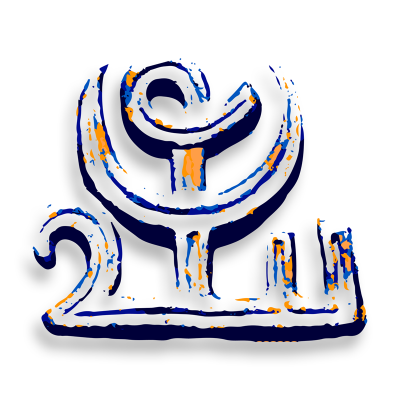
The trip,
day by day
arriving at Shiraz (Transit flight); 3 nights stay in Setaregan/Zendieh hotel of Shiraz.
Today will be focused on the prestigious sites of the Persian antiquity. The morning visit starts with Persepolis (UNESCO), the great symbolic capital of the Achaemenid empire, founded by Darius the Great but the construction continued with his successors for two centuries, until the arrival of Alexander and its tragic ending. The great palaces of Apadana and One Hundred columns, the rock reliefs of delegations, and the royal tombs are the opening pages of the ancient dynasty who ruled Iran between ca. 550 BC and 330 BC.
Just nearby, we will visit four Sassanid rock reliefs in Naqsh-e Rajab and the great necropolis of Naqsh-e Rostam, carved into the mountainside, where the four Achaemenid royal tombs are look out onto a jaw dropping view. Approaching the site, the Sassanid rock reliefs narrate the stories of the victory and pride of the last pre-Islamic dynasty of Persia.
The afternoon visit will continue in the plain and go back in the time to visit the first Achaemenid capital, Pasargadae (UNESCO), famous as the site of the tomb of Cyrus the Great, the founder of the Persian empire.
Going back to hotel for dinner and passing the night.
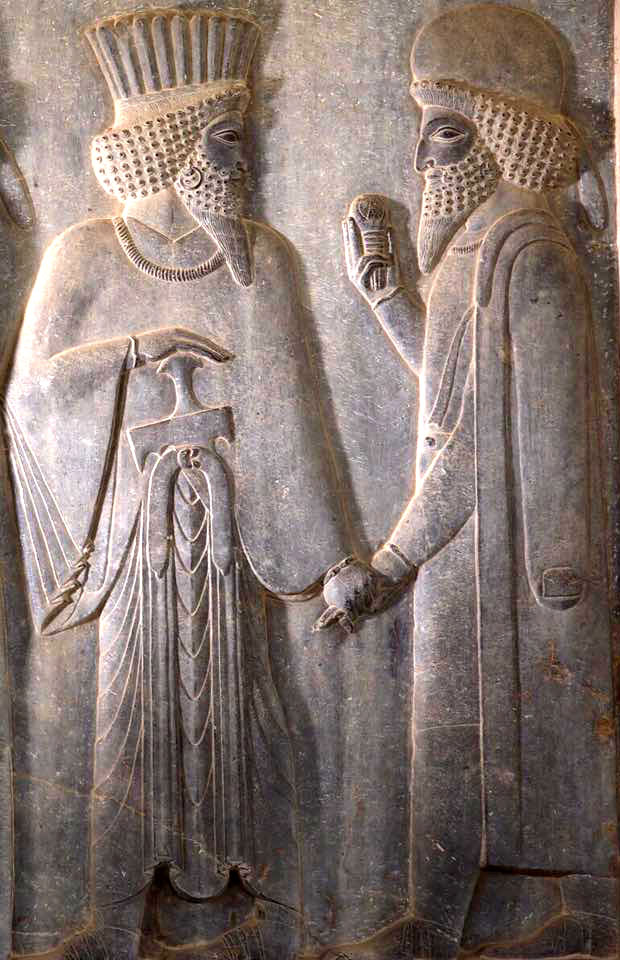
We’ll stay today in Shiraz, visiting a notable and very original 19th century mosque, Nasir al-molk mosque, famous for its stained-glass windows, the beautiful Qavam Qajar house, known as Naranjestan-e Qavam and the only remaining vestige of a Safavid period building (17th century) in Shiraz, the theological school of the Khan. We’ll then walk through Vakil Bazaar, full of the smells of spices and the colours of nomads’ traditional clothes, passing through the still- active urban caravanserais of Moshir and of the elephant, before arriving at Vakil mosque built in 1760 by Karim Khan, the founder of the short-lived Zand dynasty. His tomb is located just nearby, in a highly decorated pavilion built in the middle of a garden, not far from his citadel (Arg-e Karim Khan Zand).
The visit will end with a religious visit to the holy shrine of the lord of the light, Shah Cheragh, which is the burial place of the brother of the 8th Shia Iman, who died in Shiraz in the 9th century AD. It will be the perfect place to talk about Shia Islam and its surprising cult of the saints.
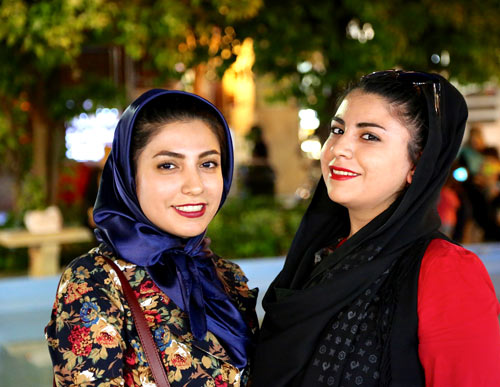
We make our way to Kerman, a city on the silk road with a rich history. During the all day trip, we will stop by a Sassanid palace at Sarvestan, a 6th century AD monument and along the way we will also visit the city of Neyriz and its interesting mosque.
Arriving at Kerman, 2 nights stay in Jahangardi/Akhavan/Kerman hotel of Kerman.
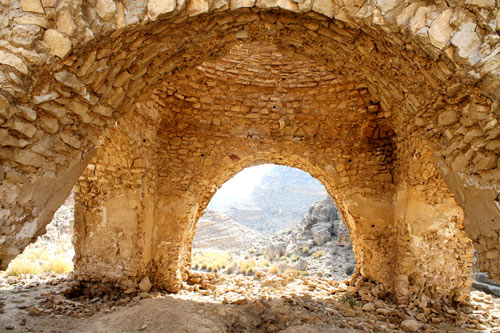
The day starts with an excursion toward Mahan.
We start our journey to Mahan in order to see the shrine of Nur al Din Nimatullah as well as the beautiful garden of the Prince. After lunch in the garden we go back to Kerman.
The visit to Kerman continues in the Grand Bazar, with the Friday mosque and the Ganjali Khan Complex; later we continue the tour with a visit to the fire temple of the city (Ateshkadeh) and a short discussion with the local priest. The day will end in the Harandi Museum located in a beautiful garden at the city center.
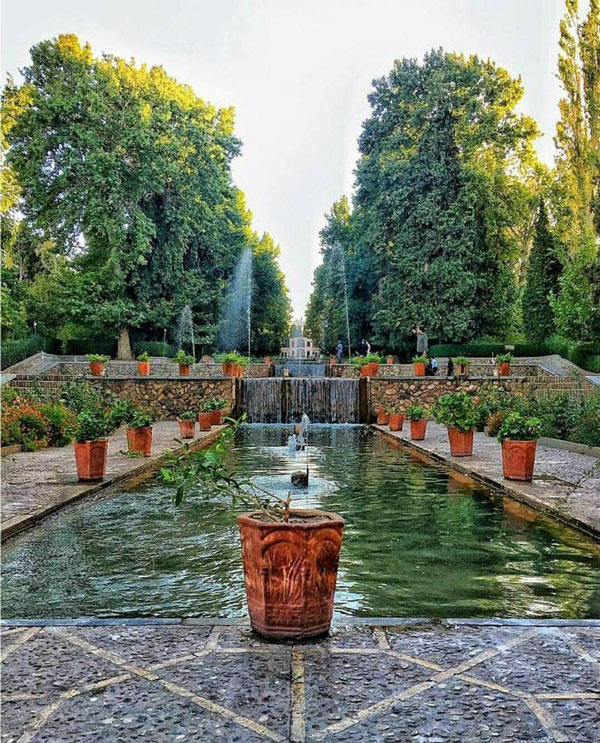
We leave Kerman behind and go toward Yazd. On the way we will visit an ancient caravanserai, with its unique architectural style, Zeino-Din Caravanserai. Upon arriving at Yazd, the visit will continue in the fire temple and the Towers of silence of the Zoroastrians. The next visits will be to the historical neighborhood of Fahadan and its Friday mosque and finally the Amir Chakhmaq complex.
We will end the day in the beautiful 18th century Dowlat Abad garden with the highest wind catcher of the world.
One night stay in Dad/Safaieh hotel of Yazd.
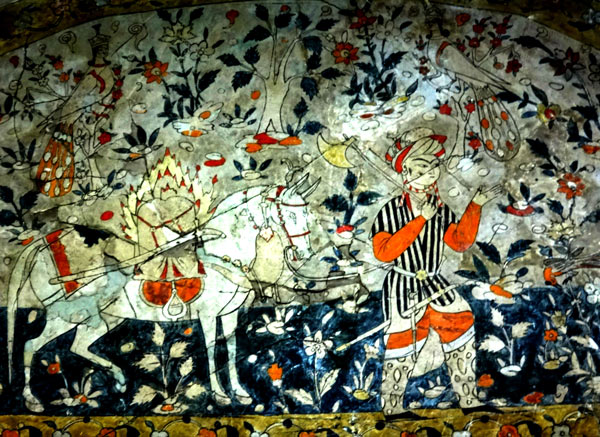
On the road to Isfahan, on the edge of the central desert, we will visit Now Gonbad, a well preserved Caravanserai before reaching Nain, a city with a rich monumental heritage including one of the oldest mosques of Iran and a number of religious complexes dedicated to the martyr of Hussein, the grandson of the Muslims’ prophet, to be discovered in a pleasant walk through the narrow allies of the old city. After the lunch we continue on the road toward Ardistan where we can admire the great mosque of the city and its unique architecture.
We will arrive in Isfahan in the evening where we’ll spend a 3 night stay in a city-center hotel (Aliqapou, Safir or Piroozi hotel).
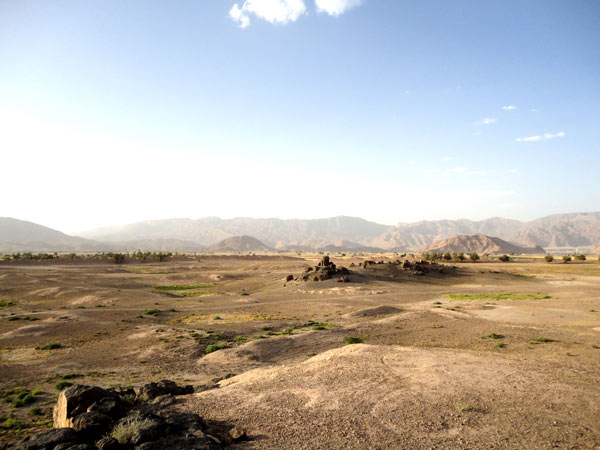
Isfahan was chosen as the capital of Iran in 1598 by Shah Abbas I. After this decision he started a great urban development project for the city, planning many palaces, gardens, mosques and royal monuments. The European traders witnessed in the 17th century the prosperity of Isfahan and called it delete ‘the’ HALF OF THE WORLD, a city which competed with Paris, Rome and London at that time.
We will start the visit to the Armenian neighborhood, No Jolfa, and get familiar with the story of their immigration to Isfahan as part of the Safavid king’s plan to promote the city. After the lunch, the visit will continue in Jay, the ancient Jewish quarter which now surrounds one of the most unique mosques of the Islamic world, the Isfahan Friday Mosque (UNESCO), a monument with more than a 1000 years of history and architectural evolution.
Right beside the mosque is the ancient centre of the city, surrounded by traders’ boutiques and a Safavid period holy shrine, the Harun Willayat mausoleum located just nearby Ali Mosque.
Today will be focused on Safavid Isfahan with the Naqsh-e Jahan square (UNESCO), the mosque of Sheikh Lotfollah, the Royal Mosque, the Ali Qapu and Chehel Sotun palaces. We’ll enjoy some free time to end the day; which, if you wish, you can use for a pleasant stroll through the fascinating, historical Qeysariyeh bazaar, famous as an important handicraft center in Iran.
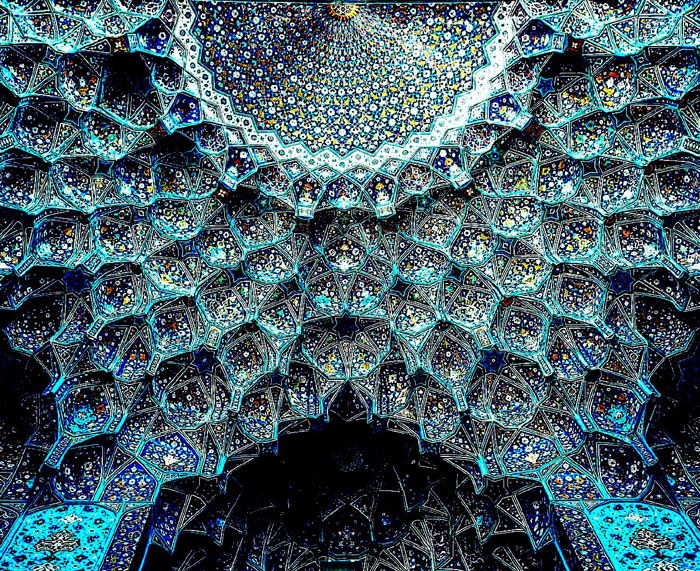
We leave Isfahan and its beauty behind and continue toward Natanz, a small city in the mountains, where is to be admired a small historical Friday mosque associated with the shrine of a Sufi spiritual master (14th century AD complex).
Kashan is the last stage in our trip, with the best preserved historical Persian garden, built in the early 17th century by Shah Abbas the First (Fin garden). Before leaving the city, we’ll have the opportunity to visit a good example of an Iranian traditional house, with the Borujerdi or the Tabatabai House, which is more like a small palace.
The route will continue to Imam Khomeini airport where we’ll spend 1 night in the Ibis airport hotel.
Return flight to Europe.
Are you interested in this trip to Iran ?





